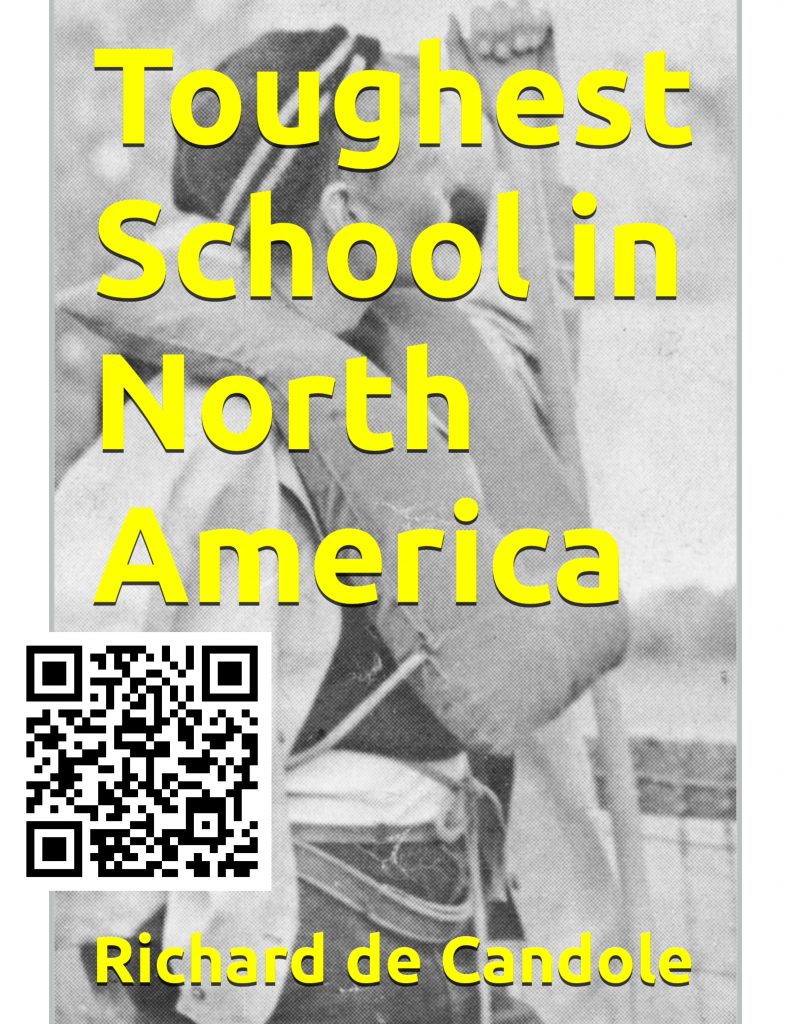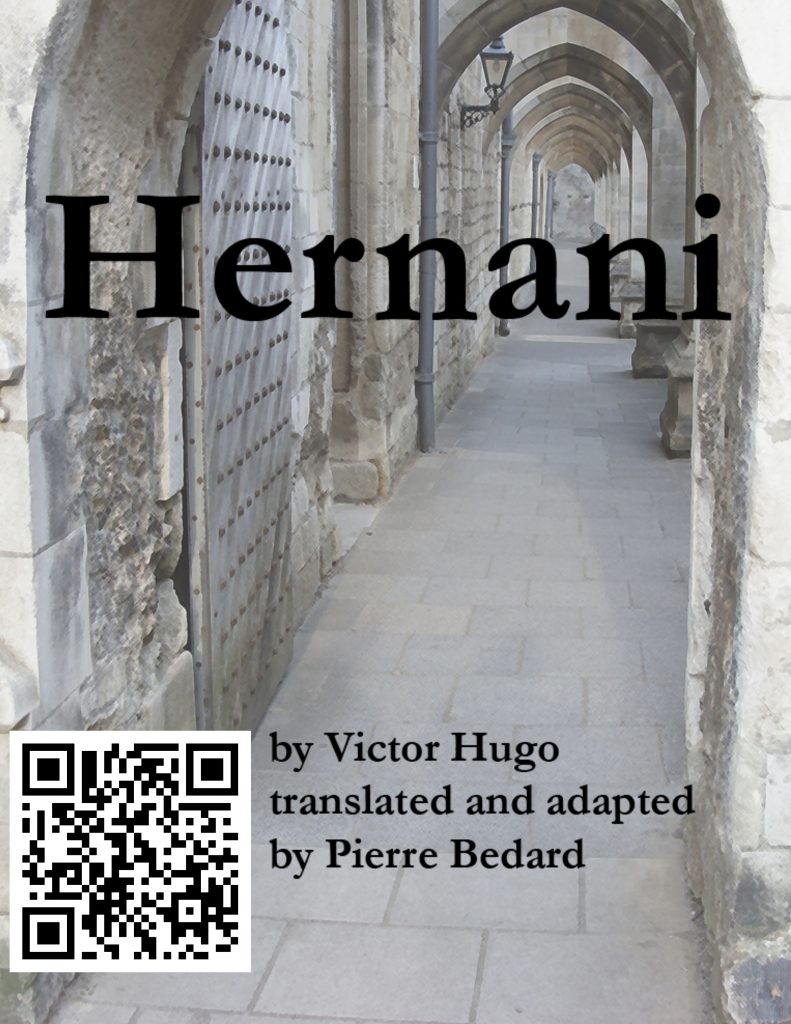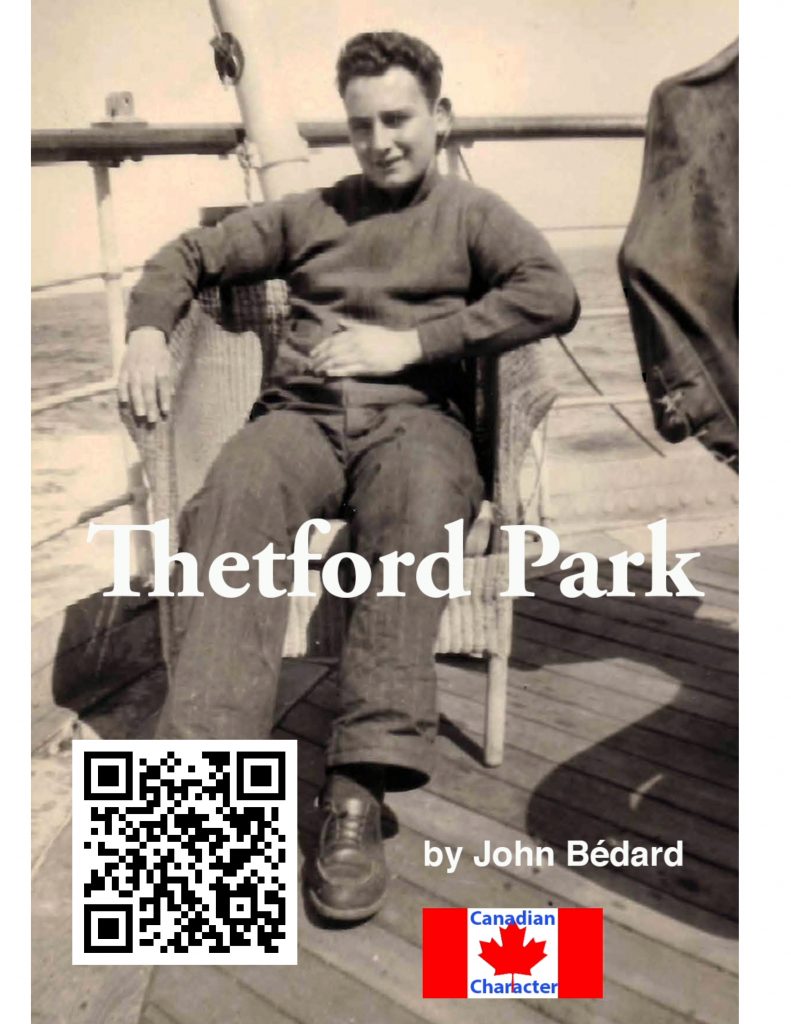
After filling 12 notebooks with nearly 60,000 words for my Grade 8 history course I knew I was in for a dilly of a final. Mr. Byfield didn’t believe in doing anything in half measures.
In the case of the course about early Canada, you couldn’t really fault him for being so enthusiastic. The results he got the previous year were astounding. Almost at will, 13-year-old boys were churning out long essays. What’s more, they were remembering most of what they had written. The trick seemed to be to keep the material interesting.
Mr. Byfield had spent several weeks trying to bring to life the history depicted in the Department of Education-prescribed textbook Canada Then and Now before giving up in frustration. The facts were all there, but the story of early Canada had been stripped of all its colour and drama.
It was little wonder public school students were dropping history courses the minute they became optional. The textbooks were boring them to tears. From his own reading, Mr. Byfield knew it didn’t have to be that way.
Grade 8 history course was symptomatic of a much larger problem – one which undermined the value of the entire educational experience and one St. John’s was determined to correct. Subjects like history were no longer being used as the raw material for learning to think and formulating rational arguments. Instead, they had become little more than a test of memory skills.
In the search for such a curriculum, Mr. Byfield came across a lecture by British author Dorothy Sayers that struck a familiar chord. Her lecture, The Lost Tools of Learning, had been given in 1947 to teachers attending Oxford University.
She called for a return to the curriculum of the Middle Ages because students were no longer being taught the fundamental tools of learning. As evidence, she pointed to several articles in the London Times Literary Supplement that didn’t make sense.
The medieval curriculum was divided into two distinct parts – the Trivium (Humanities) and the Quadrivium (Sciences). It was during the Trivium with its three stages of development, Sayers explained, that students learned the process of rational thought.
The Trivium became the template for the school’s English and History curriculum. At the grammar level, students would learn facts through memory work. At the dialectic level, students would learn to draw conclusions from facts. At the rhetoric level, students would learn to express themselves by using facts.
The Manitoba Department of Education pretty much dictated the content of the English and History courses but it didn’t prescribe how they should be taught. And so it was that the Sayers’ lecture became the basis of the school curriculum.
In teaching history, for example, junior students would listen to lectures and reproduce the material in a weekly essay.
Intermediate students would also listen to lectures but they were expected to do supplementary reading and the essays were more of the “why” instead of “what” variety
Senior students would obtain the course material primarily by reading and class time was used to test retention of that material. Writing essays involved more thought and organization.
One of the consequences was that the prescribed textbook was pretty much abandoned and a variety of other books, often by well-known authors, took its place.
Grade 8 history adopted the 13 volumes on early Canada by Francis Parkman. Grade 10 history on Great Britain made use of four books by Thomas Costain and four by Winston Churchill. Grade 11 history on modern Canada used nine books while the Grade 12 history of modern civilization had 20 books from the Teach Yourself History series.
Mr. Byfield discovered the Parkman histories almost by accident. He was lamenting the lack of good books about early Canada when Father Millward, the school librarian, suggested that the Parkman series might be what he looking for.
Mr. Byfield was immediately struck by the significance of his find. Here was an author who in the late 1800s had visited archives on two continents in search of letters and reports by government officials and religious leaders and then reconstructed the birth of a new country.
His writings read as if he had actually been there. All those famous names had been transformed into real people, living through some very exciting but often dangerous times. There was hardly one among them who hadn’t had to take the life of another in order to stay alive.
The problem with the Parkman series was it had been a donation to the school library and was out of print. His solution was to tell Parkman’s story in a lecture format while the students took notes and then wrote essays. It was an approach that met a number of the Trivium criteria. In a way, students would be learning history and what it was like to be a historian all at the same time.
I became aware of what it was like to be a historian-in training the year before. Students taking the course often had to give up the first few hours of a free weekend either writing or rewriting essays.
The threat of losing free time no doubt encouraged some students to get their work done early. But for the rest, the school dining room was transformed into an essay-writing factory. Parents who had come to collect their sons at noon on Saturday had to wait until they had finished that week’s essay.
I discovered how demanding the process was after handing in my essay about John Cabot and the original settlers of North America. The margins of the pages – nine in all, double spaced – were covered with correction marks and disapproving comments. No doubt, Mr. Byfield was only giving us the treatment he had received as a cub reporter.
Things like ‘Kill unnecessary words,’ ‘Cut in half’, ‘No! No! No! No!’ or the ominous ‘See me,’ screamed out in black pencil. Elsewhere, the margins were occupied with directions to fix the spelling, grammar, or punctuation.
For a while, ‘FO’ appeared in the margin to indicate a fact was missing until Mr. Byfield discovered how much amusement we were getting out of his unintended use of the schoolyard expletive.
Often whole pages would have to be re-written (whole essays if it was really bad) to straighten out twisted facts or include ones that had been left out. Poor spellers had the extra burden of having to write out words they had trouble with – first ten times, then 25, then finally 50 times if the problem persisted.
To begin with, the task of marking was borne by Mr. Byfield. Within a short time he was relieved by his wife Virginia – Ginger to most – who also knew what it was like to have one’s prose worked over by a heavy-handed editor.
She had been a reporter at the Ottawa Journal when she met Mr. Byfield. Fortunately, her approach was much gentler. She used a pen rather than a pencil and metaphorically speaking her pen rarely raised its voice. A ‘See me’ was almost looked forward to, so non-threatening were those explanatory sessions.
By Christmas, correction markings were not only becoming scarcer but the word ‘good’ began it make an occasional appearance. We had reached that gruesome period when Jesuit missionaries were being persecuted by the Iroquois.
The details of their long and torturous deaths – usually by fire – were the stuff of nightmares. No doubt inspired by Parkman’s chilling descriptions our essay writing became noticeably more vivid and graphic. The Christmas exam was almost totally essay questions. I surprised myself with a grade of 80 percent.
After Christmas, the chore of marking the job was handed over to Vern Byfield, Mr. Byfield’s father. He too had been exposed to the wrath of impossible-to-please editors from his long career in the newspaper business. But being retired, he had more time on his hands and he seemed to take more pleasure in the task, occasionally injecting humor into the process.
For example, he noticed I had a blind spot when it came to spelling the word ‘argument.’ ‘Try writing it 20 times below to see if we can conquer the habit,’ he encouraged at one point.
On another occasion, my revelation that Charles Le Moyne `gave birth to 13 children, seven of whom were boys,’ prompted an incredulous ‘Wow!’ in the margin.
Medical history had been made with a few incorrect strokes of the pen! He helpfully suggested that the word ‘fathered’ was a more accurate description of Le Moyne’s role in the births.
Another time he felt compelled to unmuddle my metaphor if only to ensure the course of history did not take a permanent wrong turn in my mind.
I had General Braddock’s troops ‘getting picked off like clay pigeons’ – an obvious jumbling of the expressions ‘sitting ducks’ and ‘as hard to hit as clay pigeons.’ He wasn’t sure if I understood that General Braddock’s troops were an easy, not difficult, target.
As the school year passed and the story became more a tangle of raids, counter raids, and interlocking battles between New France and the British-controlled American colonies, I began hearing about people whose names now graced the bows of the school’s five new canoes.
One lunch hour we were invited to suggest names for the new boats. The criteria for choosing a name was that the person had to have been associated with the canoeing era and exemplify Christian values.
One of the canoes was named the Isaac Jogues. He had been a Jesuit priest who spent many years ministering to the Indigenous before being cut down by an Iroquois tomahawk in 1646. He narrowly beat out another Jesuit, St. Jean de Brebeuf, who also ministered among the Indigenous before dying on a fiery stake. Brebeuf’s name was chosen during the naming of another six canoes two years later.
Another canoe was named Charles LeMoyne, a man who raised one of the most famous families of early Quebec. Two became governors and a third, Pierre, was a much-decorated naval commander. One of the canoes was named for Dollard des Ormeaux, the 25-year-old Quebecer who in 1660 led a band of settlers to their deaths on the Ottawa River in an attempt to thwart an Iroquois attack against Montreal.
Greysolon Dulhut was another early Canadian who had a canoe named in his honor. He was a coureur de bois leader who in 1678 led the first party of Europeans west of the Great Lakes. His nomination sparked considerable debate since he lived with the loose-moraled coureur de bois at Michilimackinac and therefore was perhaps not a suitable choice.
During the spring term, my essays were virtually error-free, despite their ever-increasing length. Our double periods would run into recess as Mr. Byfield tried to cram as much color and drama into lectures. The tide was clearly turning in England’s favor, though the French never behaved as if it was.
By Easter, the story of the struggle for supremacy in North America had become very much a three-way fight between France, England, and the Indigenous people, with the Indigenous neither losing nor gaining ground because of their shifts of allegiance.
We wrote our Easter exam very much aware that some kind of major showdown between the English and the French lay just around the corner. Both wanted control of the Great Lakes and the Mississippi basin to safeguard the supply of furs, now a major source of wealth for colonial governments.
After the massacre of England’s General Braddock at Fort Duquesne near the present-day Pittsburg, England resolved to end France’s menacing presence in North America once and for all.
The final battles for control of Canada were played out over nearly six weeks of lectures. The Seven Years’ War began with the score once again being evened at a place that came to be known as Bloody Pond on the shores of Lake George, New York.
There, an army of 3,500 French Canadian militia was cut to pieces by a British force of half that number. And the war ended on September 12, 1759, with General Wolfe’s middle-of-the-night assault on the Plains of Abraham and the capture of Quebec – France’s last stronghold in North America.
After the last lecture, Mr. Byfield assembled the class for the end-of-term review. He began with an explanation of what he was proposing for the final exam. We held our breath, fearing the worst. After all, he had extended the Easter exam to four hours to make sure we had enough time.
“I’ve just talked to Mr. Wiens,” said Mr. Byfield,” and he’s agreed to free up an entire day for your final history exam.”
A chorus of groans all but drowned his words. He was not amused.
“That’ll be enough,” he snapped, suddenly becoming very angry. “By George! If you think you’ve got it hard now, wait until you get out into the real world. This will seem like a Sunday picnic.
“Boy, oh, boy, you’ve all got a lot to learn. By the end of today’s review, you’re going to know enough Canadian history to last a lifetime.”
It was a brutal session. Every major name, date, and place he’d mentioned during the year he repeated again. Periodically he singled out someone to stand up and outline the causes of such and such war or the consequences of such and such treaty.
Sometimes we didn’t know and that would touch off another derisive outburst or “ratch,” as they came to be known.
The day of the exam arrived and so did the first segment. It was three hours and lasted until noon. The second, also three hours in length, kept us busy until supper time. The final session in the evening completed the eight-hour marathon. He didn’t ask us to write about everything he had taught that year but he came pretty close.
To my surprise, I ended up with 96 percent, the best mark I ever got on a final exam. It was also the only time I ever wrote one that long.
Richard de Candole has been working in British Columbia and Alberta as a reporter and editor for over 40 years. Toughest School in North America is about his five years as a student at St. John’s Cathedral Boys’ School in Selkirk, Manitoba from 1962 to 1968. Richard lives with his wife Wendy in Qualicum Beach, British Columbia.
bedard.com is serializing Toughest School in North America for your reading pleasure. I hope you enjoy it as much as I do. If you’d like to preorder a copy of the book, leave a reply below. All replies are moderated.



What hits me about this chapter is the genesis of how generations of St. John’s boys’ papers were read, graded, and marked. There’s nothing quite like getting a paper back with one comment on it – REDO!
Yes Pierre, do you remember the “Christmas Banquet” your second year where all the masters got “gag gifts:? Frank always got a bottle of whiskey but that year Greg Taylor had his mother, who somehow was able to do it, make a stamp up for PJ, with a ink stamp pad. It said “REDO”.! He had it written on so many papers.
I remember the REDO ink stamp. That was the genius of his critiquing style, its rugged simplicity.